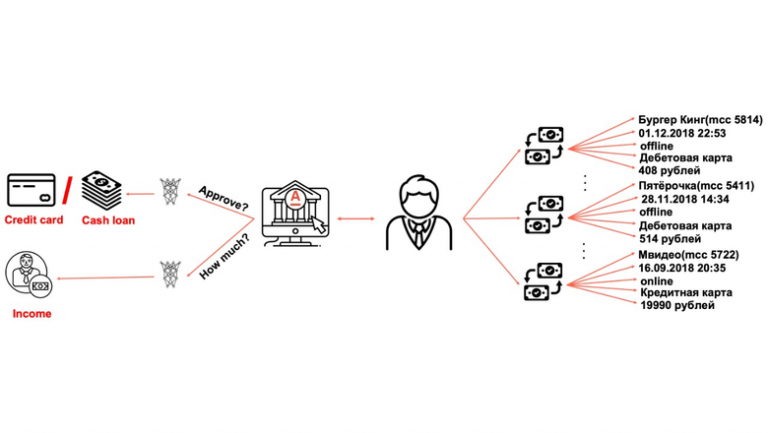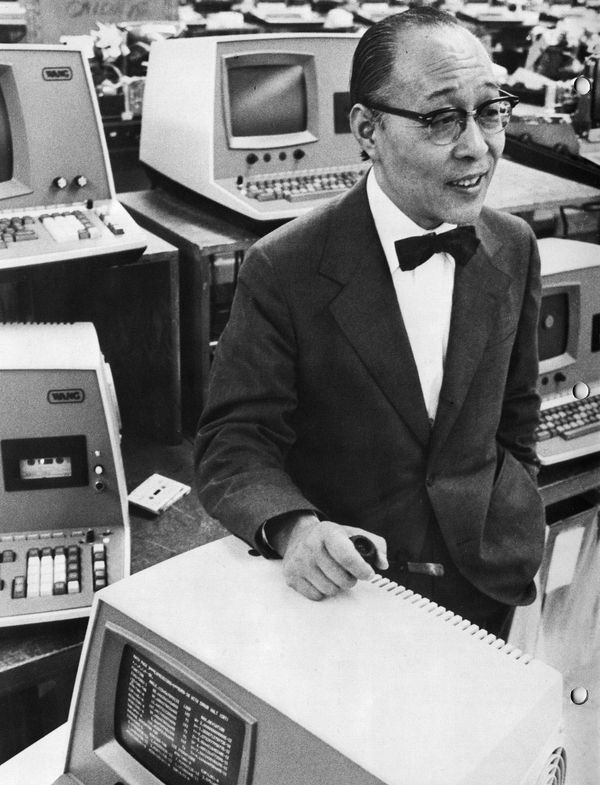Detailed guide “How to ruin employee training”
I’ve seen a lot of things while working with training departments of large companies (both in Russia and abroad). I'm publishing my personal TOP 10 “How to ruin any employee training.” Use it.

#1 – Make a program, not a project
If you want it to be really bad, bad, then just do the program in the moment. You should not treat the program as a separate project with its own stages, deadlines, and involved employees. Just piece together the training from what you have. Let it sit for a couple of months, then, when you are freer, upload it to the LMS. Deadlines and plans are for weaklings, but you and I are highly organized professionals and will do everything based on intuition. Also, ideally, do not record the program itself anywhere, do not write down ideas, and under no circumstances show it to anyone.
No. 2 – Rely only on your experience
Under no circumstances conduct any research: neither internal nor external. What for? You already know everything. Interview – definitely not. Well, why go to a business and ask what their goals are, what they plan. Time, as they say, will tell everything. Even if there are some changes in the company, you will know about it anyway. Training employees with an eye to business goals is complete nonsense. Where is HR and where are business goals! Moreover, in no case should you go to the employees themselves and see what they have there and how they are doing it. You'll get the full benefit. It’s better to figure out for yourself what their needs are, you can see better from where you are.
#3 – Draw on past experience and trends
It is important to only use what you have already done in your programs. Please, there is no need to introduce new tools and experiment with formats. Nobody is interested in anything new. You already know everything that works; employees are used to the same thing. And it somehow works! There is no need to change this.
For an advanced level – if you want to present your cases at fashionable HR events, then be sure to Google the trends and use them in your programs. If you are too lazy to Google, then here is a ready-made solution for you – add AI (AI, artificial intelligence) and something about virtual reality (VR, AR) to the name of the program. No one will figure out whether it is there or not (don’t worry), you can easily travel around the country with training webinars.
#4 – Don't set goals
When you make a program, under no circumstances set goals and all kinds of KPIs and indicators. When the manager asks about the effectiveness of the program, use only your opinion and feelings. Firstly, the manager understands little about this, and secondly, he has already forgotten everything ten times. If suddenly a complaint comes to you that the effect of the program does not meet expectations, you will have something to cover. No goals – no problems. Remember and don't thank me.
#5 – Focus only on knowledge
As old as time: learning is about specific knowledge, and in no case about skills and working with thinking/behavior. All people are adults and responsible and will figure out for themselves what and how to use in their work. At the end of the day, they get paid and that is their responsibility. And yes, don’t invest too much in your employees, they can leave and take all the knowledge with them. Unpleasant situation.
#6 – Avoid creating a user journey
Fire contractors who talk about abstruse CJM, the “user journey” and all related branches, also kill them in the bud. Write down:
Don’t make clear criteria for entering the program; let all employees (with different experience and competencies) get into it; some will find it simple and banal, while others will find it too complicated. Let them decide for themselves. Again, all adults.
Use validation tests, as many validation tests as possible. Ideally, let them be larger and more often so that employees do not relax. They may complain about this, but don’t give in, stand your ground!
Make training your employees' responsibility! Set a clear time frame for them, or even better, make the deadlines tight. Then they will go through everything quickly.
Don’t focus on the company’s internal cycles; do training when you think it’s necessary. And another important point – do the training during the New Year or May holidays, or better yet in the summer. On such dates, people are relaxed and will be able to devote enough time to studying.
#7 – Remove everything unnecessary
Now I will save you months of life and a lot of nerves. Do not add any mentors, curators and, God forbid, managers to your programs. Even if it seems to you that employees need support, this is not the case. You understand that you are wasting the man-hours of specialists, and at this time they will be coddling with unknowing employees. Better teach your employee how to use Yandex, and he will be happy. You have to be quicker somehow, well!
#8 – Don't waste time testing
Let's do it this way. You are an expert and you have clearly made a good program! Drive away everyone who talks about test launches and pilots. This only delays the start of training. And, to be honest, it doesn’t bring any sense. If you need feedback, you will receive it in due time and immediately from everyone who has passed. I don’t see the point in wasting money on small groups at all!
#9 – The simplest possible visual
Please do not waste money on all sorts of fancy presentations and e-learning. Good old PDF always works fine. Well, you must admit, there is nothing better than a good manual of 80-100 sheets, in which everything is written clearly and understandably. Again, you can print it out and always have it on hand. This won’t happen with e-learning or a video lesson, no way. Choose for yourself.
#10 – Take your time
Try to do everything as measuredly as possible so as not to run into a situation where everything starts to burn at the same time. Carry out your work tasks calmly, and train your employees as a spare part. You hire professional people, they themselves should know what to do. The fact that you are making a program for them is already a great luxury. They should be grateful. So take your time and take as much time as you need. Good teaching is like a good movie. Sometimes it can take from idea to premiere from 3 to 5 years.
That's all! I have been collecting this experience for years. And believe me, it was given to me through hard work and sleepless nights. Leave your comments and write to telegram. Look, we’ll have enough money to buy a book!




